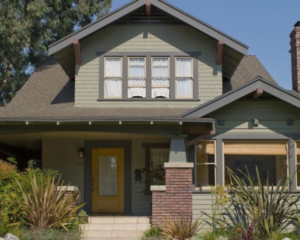Introduction,
The financial feasibility of converting underperforming office buildings into affordable housing varies greatly depending on several factors including the cost of renovations, market demand for housing, and local regulations.
Cost of Renovations: Adding kitchens, bathrooms, and individual HVAC systems in an office building can be expensive. The quality of the Buildings with a solid structure and layout conducive to residential units will be less costly to convert. Market Demand: In cities with high demand for housing, converting office buildings can be a profitable solution. However, it’s important to consider both the current and anticipated future demand for affordable housing in the area. Rental income and property values are key factors in this equation.
Regulations & Incentives: Local regulations can either facilitate or hinder these conversions. Some cities offer tax incentives for developers to convert office buildings into residential units. On the other hand, permitting regulations and zoning laws might pose challenges.

Comparatively, constructing new buildings from scratch can sometimes be a more cost-effective solution, especially in areas where land is readily available and affordable. However, in densely populated urban areas where vacant land is scarce, conversions might be more feasible.
In California, a $400 million grant program spanning 2022-23 and 2023-24 is increasing the financial feasibility of office-to-affordable housing conversions for affordable housing.
However, a study by Gensler on office-to-residential conversion in San Francisco found that only some office buildings are suitable for conversion based on their location, shape, size, and layout.
In conclusion,
while converting office buildings to residential units can be an effective way to increase housing stock in certain markets, its renovation costs, market demand, and local regulations.



